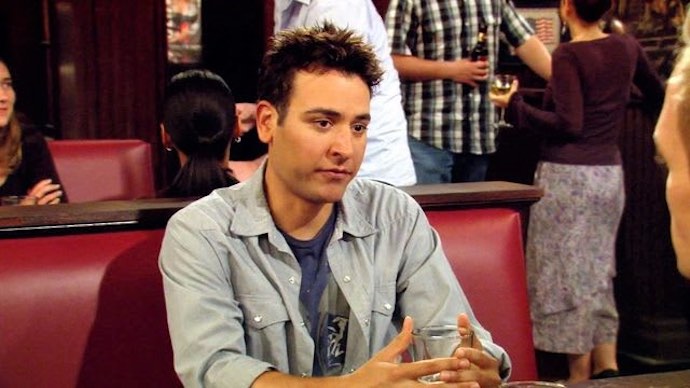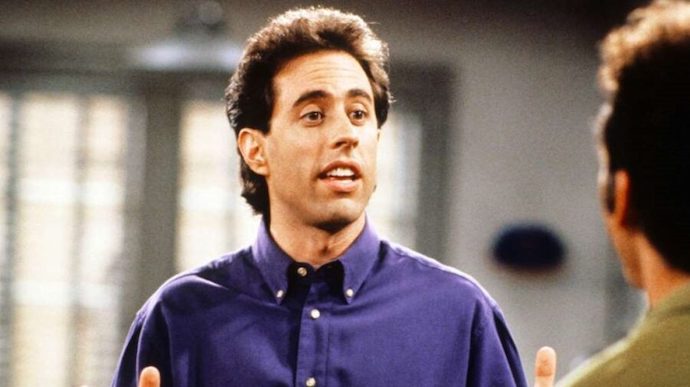The characters are familiar in a way… because they’re very much like characters from another TV sitcom, perhaps from years or decades ago. They may have a few new twists, but at their core, they’re the same. That’s because most major TV sitcoms adhere to several character archetypes that are needed to balance out the cast and keep things interesting across all the different relationship dynamics. Of course, this is no accident and this is no bizarre coincidence. These character archetypes have been developed and improved upon by TV studios to ensure that audiences will like them. As the 21st century continues to redefine the TV sitcom in many ways, we’re seeing all kinds of new characters appear with their own kinds of originality—but many of them still fall into the classic sitcom character archetypes, just with a few twists and a new wrapper. Here are the most common sitcom TV character archetypes that appear over and over again, including well-known examples.
1. The Will-They-Won’t-They Couple
This tried-and-tested sitcom trope has come up in nearly every sitcom on television since Cheers in the 1980s. Sam and Diane’s playful back-and-forth was a fine example of two single people put in the same social situation on television so that they could tease the audience each week with what might be. And then in the 90s, Ross and Rachel came about and arguably became the most famous incarnation of this character archetype, showing that a TV sitcom could drag out a will-they-won’t-they storyline for ten seasons and somehow still make it work (even if it was way too long). The concept makes any sitcom more exciting for viewers, as it provides the kind of tension and hope that everybody has experienced in their own lives to some extent. The will-they-won’t-they couple continues to exist in modern sitcoms and will always exist as long as humans have the capacity for love and romance. Adding this element to a sitcom gives the show a roundedness that’s easy to implement while important for many viewers.
2. The Eccentric One
Every friendship group has a person who’s quirkier and more likely to do something odd than the other members. Everybody has—or knows—a friend who’s more off-beat than everyone else. In the sitcom world, this can be monstrously exaggerated but still feel real enough that people accept it as a fractured take on modern life. We’re talking about the Kramer of the gang. The Phoebe Buffay of the group. The Ben Chang, the Gob Bluth, the Sheldon Cooper. This character archetype gives any show an exciting edge that can lead to some of the hardest laughs for the audience. The archetype has evolved since the era-defining character of Kramer hit screens in Seinfeld, and we’ve gotten variants of the trope in How I Met Your Mother’s Barney Stinson or The Office’s Creed Bratton. However, it’s Phoebe Buffay who came to define what this character type means for modern audiences. She has both the wackiness and the delicate sensitivity that made Lisa Kudrow’s character more than eccentric for the sake of the expected trope.
3. The Neurotic One
The history of neurotic characters in TV sitcoms starts in the late-1980s with Seinfeld and George Costanza. George Costanza is a prime example of how a neurotic group member can become the show’s highlight. He continually puts himself in awkward situations that are made worse by his total lack of self-control—and it all happens to set off his neurosis. The well-known neurotic Monica Geller was an attempt by Marta Kauffman and David Crane to tap into the George Costanza neurosis, but she became the least-liked character for many because they didn’t know how to make the most of the trait. However, as sitcoms have evolved into the 21st century, neurotic characters have started to become leads in many series. Look at Otis Milburn in Netflix’s Sex Education: a teenage boy who has a neurotic fear of sex, yet holds a sex clinic for his fellow pupils at school. Neurotic characters in sitcoms became popular because of Larry David, who was the direct inspiration for George Costanza in Seinfeld. His subsequent portrayal of himself in Curb Your Enthusiasm showcased that the neurotic character can be the best when done right.
4. The Smart One
Every gang has a member who’s smarter than the rest. That’s just a fact of life. But within the sitcom world, this trait has proven to be one that’s often vastly exaggerated for comedic effect. Frasier Crane in Cheers is the definitive smartypants in sitcom TV, with his intellect often coming into play during discussions with his fellow bar friends in the series. It’s a trait that followed him into his spin-off series Frasier, which became one of the best sitcoms of its time. This archetype comes through in nearly every TV sitcom through history, including modern sitcoms: Alex Dunphy from Modern Family, Annie Edison from Community, Johnny Rose from Schitt’s Creek, Rick Sanchez from Rick and Morty, and many more. However, we can’t forget the impact that Lisa Simpson had in pushing forward the image of an intelligent young women on the screen, becoming a TV icon in her own right for her intellect. All sitcoms need the intellectual member of the group, as it diversifies the gang after you factor in the other archetype characters. It’s a real aspect of wide friendship nets that helps any friendship group become relatable, and that’s important for the light-hearted comedy of a sitcom.
5. The Annoying One
The annoying character in a sitcom is a lightning rod for the audience’s ire. The job of this character is to help the other characters shine more. Funny enough, even when the writers don’t originally intend for someone to be “the annoying one,” someone tends to fill the role anyway. Ted Mosby from How I Met Your Mother is one of the most notable examples of this trope. His constant wallowing and whiny attitude in not being able to find a person he loves became hard to watch by the time the series reached its penultimate season. Monica Geller is another example of this. Her archetype of the neurotic one was exaggerated so greatly by the latter seasons of Friends that she often became unrealistical, to the point of making viewers roll their eyes. In some sense, every sitcom needs an annoying character because the audience always needs somebody to dislike among the principal cast. Sadly, that would say more about the culture of modern society than it would about the needs of sitcom TV design.
6. The Sarcastic One
The sarcastic member of the group in a TV sitcom is generally one of the most well-liked characters in a show. They’re rarely the best looking or most intelligent, but they have the necessary ability and willingness to point out flaws in others, and this makes them an “every-person.” Chandler Bing is the most extreme version of this character archetype. Everything he said during Friends felt as though he was mocking the other characters, but never in a hateful way. It made him funny and engaging, using sarcasm as a foundation in his dialogue. However, before Chandler, there was Jerry Seinfeld. His use of sarcasm as a stand-up comedian felt more in flow with the rest of the group. Jerry wasn’t always using sarcasm to deflect things away from himself, instead using it as a tool for his social interactions. The sarcastic character archetype has somewhat faded from TV sitcoms in the modern era—as other character types are being redefined and introduced—but it can still be found in some shows if you look. Read next: The best Seinfeld characters, ranked


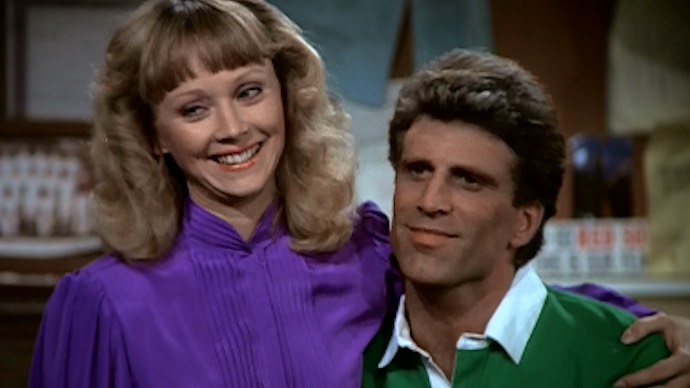

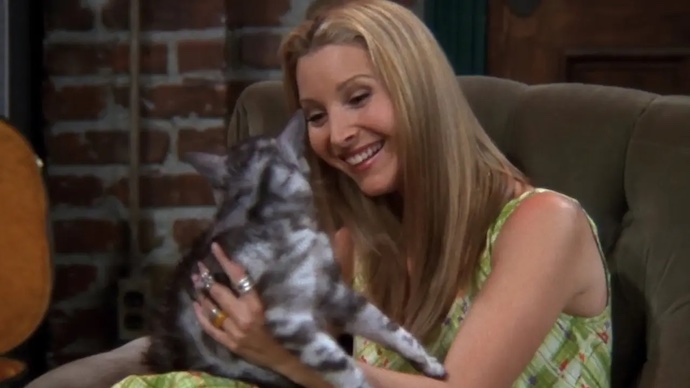

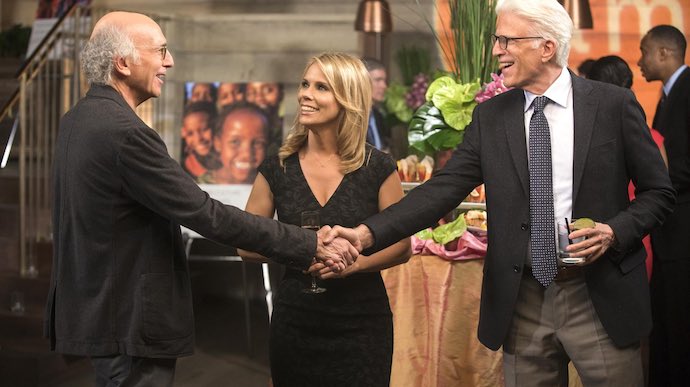

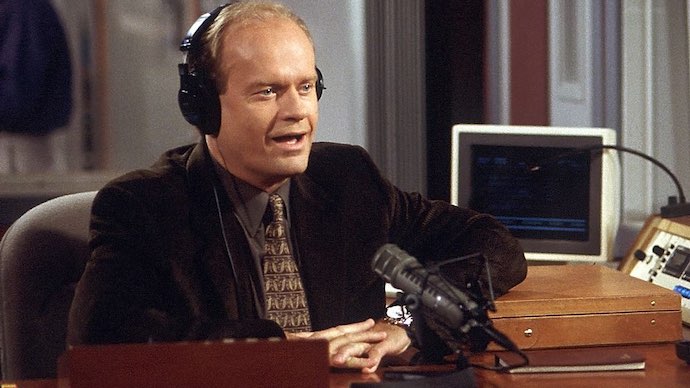
![]()
